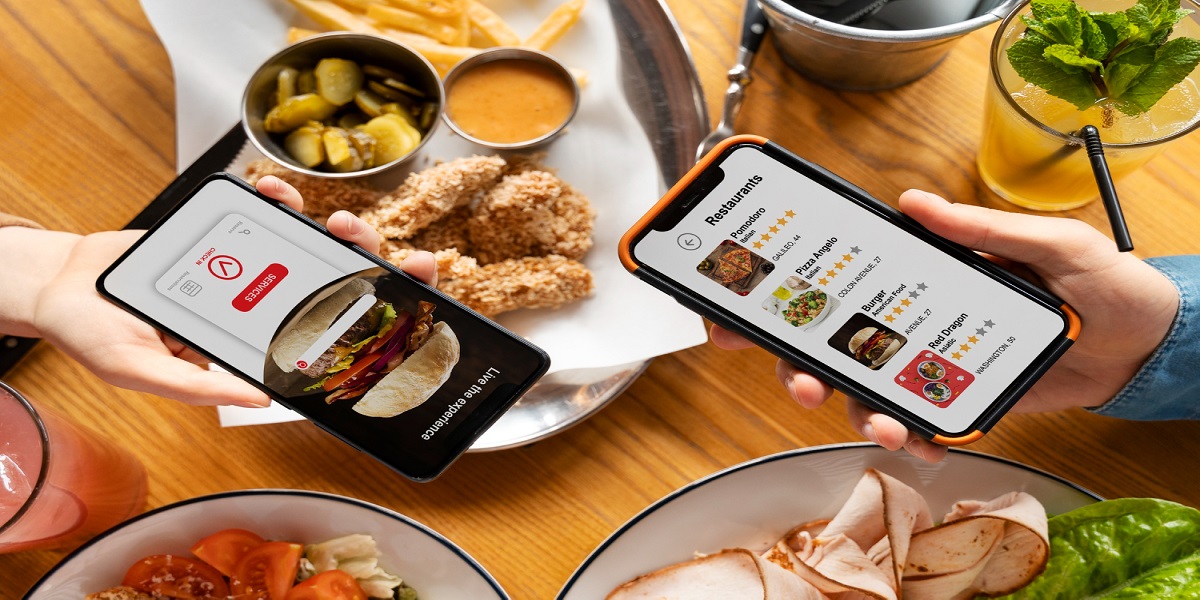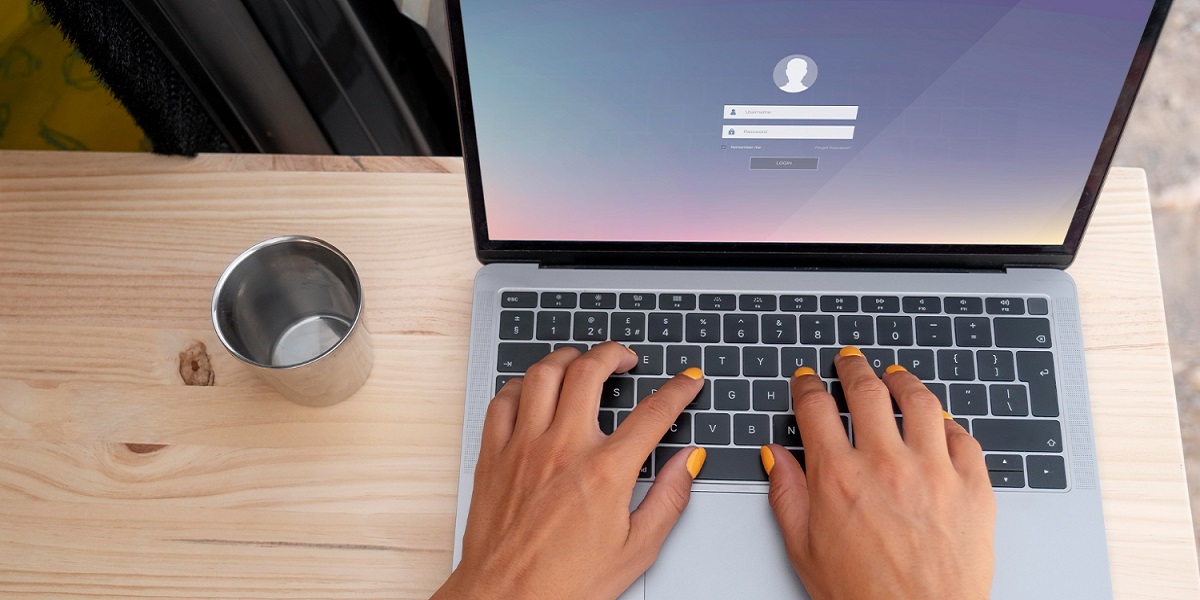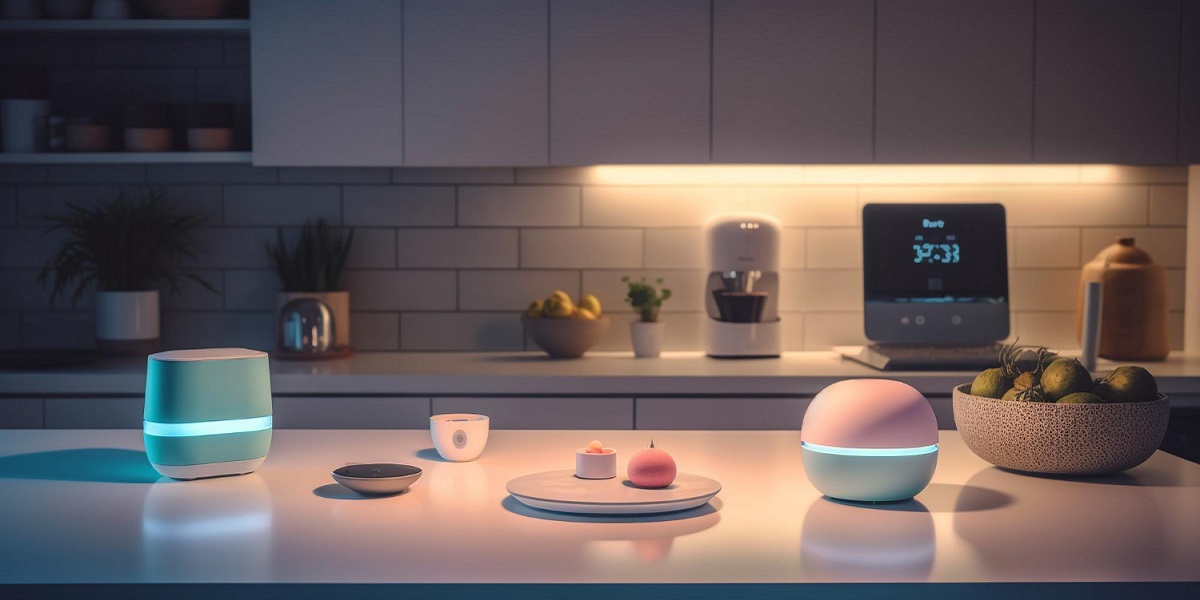
Restaurant Booking Apps: Enhancing Dining Experiences and Streamlining Reservations
- By Prashant Pujara
- 23-08-2023
- Mobile Apps
Everyone wants to find a solution to reduce their burdens, right? And who wants to make a phone call or waste time traveling to a restaurant only to be told they are completely booked? Customers and eateries alike have benefited greatly from the advent of table reservation applications. We can now easily reserve a seat at our go-to restaurant with only a few touches on our phones. Also, by compiling and using this data, eateries may better cater to the specific preferences of their most loyal patrons. This is a complete guide for restaurant mobile app development.
Explain the concept of restaurant booking and reservation apps
Reservation apps and software make it easy for consumers to reserve a table even when they can't be physically at the restaurant. The customer has the option of choosing the reservation time and group size. When booking, customers are asked to specify the date and the number of visitors. Customers can check out its location, menu, and reviews on the go to determine which restaurant is best. After deciding on a restaurant, the customer can confirm their reservation and supply any other details directly from the app. The application assists users in making well-informed decisions by furnishing essential information about the restaurant, such as pricing, operational hours, accepted payment methods, and available parking facilities.
Creating a restaurant application involves designing a mobile app tailored to the distinctive needs of the restaurant industry. These apps aim to improve the dining experience for patrons and business owners alike. The following are typical steps in the development process:
Idea Generation: In the initial phase, known as "ideation," extensive research is conducted on the prospective users of the app. The app's goals are established, and its distinctive characteristics are delineated.
Design: In this stage, the central emphasis is placed on crafting a user interface (UI) and user experience (UX) that are not solely user-friendly but also visually compelling and attractive. Wireframing, prototyping, and including restaurant-specific branding components are all part of the process.
Backend Development: Within this phase, the primary focus is on constructing the fundamental components of the application that users do not directly engage with. This entails building the underlying infrastructure, establishing mechanisms for data storage, and implementing essential functionalities that underpin the app's operations. This includes constructing the server-side infrastructure, setting up mechanisms for data storage, and implementing various functionalities that drive the app's operations. These functionalities encompass tasks like managing menus, processing orders, and handling reservations – all of which are essential aspects of the backend development process.
Prominent backend development technologies include Node.js, Ruby on Rails, and PHP.
Frontend Development: The development process centers on refining the user interface (UI), ensuring its compatibility across all platforms, and incorporating interactive elements for an enjoyable user experience. Cross-platform app development typically makes use of tools like React Native or Flutter.
Testing and Deployment: Rigorous testing guarantees the app's functionality, usability, and performance before its public release. Following successful testing, the app is published on app stores for users to install and utilize.
What Factors to Consider When Selecting an Optimal App for Reserving Dinner?
Find out what you'll need for your restaurant before reading our reviews. The primary goals of restaurant reservation applications are to facilitate communication with customers and full seating at all times. Several also offer a marketplace to assist you in connecting with potential customers.
View the top restaurant reservation apps for a comprehensive answer. These tools provide extensive reporting that may be used to improve your restaurant's productivity and profitability. Others work better in more intimate eateries. You can save time and effort by integrating these apps with your restaurant's POS system. Before deciding on a restaurant reservation system, it's important to consider the level of service your eatery requires. The right restaurant mobile app development can help you grow exponentially.
Important Elements of Eating-Out Apps
Customers can explore menus, see pictures of the food, and read extensive descriptions of the meals using restaurant apps. Because of this function, diners may learn all about the restaurant's menu items and make educated choices. Apps for restaurants have allowed customers to place orders online and deliver them to their door. Customers can order dishes online, indicate food allergies or intolerances, and select delivery or in-store pickup. The ordering and delivery procedure is simplified through integrations with third-party delivery services like DoorDash and Uber Eats.
Customers can pre-book tables to streamline and enhance their dining experiences, minimizing waiting times and augmenting satisfaction levels. By enabling customers to choose their preferred date, time, and number of guests, we can optimize their dining journey. Numerous restaurant apps have loyalty programs, prizes, and discounts to keep customers returning. Customer retention can be enhanced using point accumulation, special offers, birthday rewards, and individualized marketing campaigns.
Notifications and updates on the status of your order, your reservation, and special offers are all available in real-time through restaurant apps. Customers are more engaged and loyal to a business that keeps them abreast of events, promotions, and menu changes via push notifications. Customer Reviews and Rating Customers can rate and evaluate their meals and provide constructive criticism to the restaurant through this tool. Adding this function helps eateries enhance their products and win the confidence of their patrons.
Customer Benefits
- Customers no longer have to wait in line or stand outside their favorite restaurants when they can just use a restaurant booking app to secure a table in advance. The app will show guests their reservation selections and expected arrival times.
- Customers now have easier access to your restaurant via digital mediums such as food blogs, pricing comparison websites, and news websites. Restaurants can take advantage of this fad by setting up online reservation pages, where patrons can make reservations without having to phone ahead or negotiate a time. For the consumer, this means less hassle.
- Customers can make more educated decisions by reading reviews and ratings of restaurants before deciding where to make a reservation by learning about the standard of the food, the state of cleanliness, and other important details. As a result, they can make better decisions and steer clear of subpar meals.
- The app also allows users to pre-order their meals. The result is shorter waits for customers at the eatery. Guests may better arrange their arrival time thanks to this well-organized process, which estimates when the food will be ready.
- Customers can pay for their reservations in advance or at the restaurant using the same app, expanding their payment possibilities. In this way, neither cash nor waiting for a bill is required. Customers can pay with various options, including credit cards, digital wallets, etc., streamlining the process for diners and eateries.
- Increased Safety and Hygiene Measures: Post-pandemic, safety and hygiene have become top priorities for diners. Restaurant apps can communicate the establishment's safety measures, cleanliness protocols, and contactless dining options. This transparency reassures customers and encourages them to dine with confidence.
In the dynamic landscape of the restaurant sector, technology plays a pivotal role in shaping the future. As restaurant reservation apps continue to evolve, novel features and functionalities are introduced to enrich the dining encounter. Let's explore some of the emerging trends that are revolutionizing restaurant mobile app development:
Personalization: With the help of data analytics and customer insights, restaurant apps are becoming more personalized than ever before. They can recommend dishes based on previous orders, dietary preferences, and past dining experiences. Customizing the app experience for individual users enables restaurants to foster deeper connections, boosting the likelihood of return visits and positive feedback.
Virtual Reality (VR) and Augmented Reality (AR): Forward-thinking restaurant apps are experimenting with VR and AR to provide immersive experiences for patrons. Virtual tours of the restaurant, interactive 3D menus, and AR-powered dish visualization are some of the ways these technologies are being integrated into restaurant apps. Such innovations create memorable and engaging experiences, enticing customers to explore and interact with the app even more.
Contactless Dining: The COVID-19 pandemic accelerated the adoption of contactless technologies in the restaurant industry. Numerous apps now offer contactless dining solutions, enabling customers to access menus, place orders, and make payments without physical interaction. This not only enhances safety but also streamlines the dining process, benefiting customers and staff alike.
Voice-Activated Features: Voice recognition technology is finding its way into restaurant apps, making interactions more natural and convenient. Voice commands are now used by patrons to reserve tables, order dishes, and acquire restaurant information. Voice-activated features cater to a broader audience, including individuals who may find traditional app interfaces challenging to navigate.
Integration with IoT Devices: The advent of the Internet of Things (IoT) is reshaping the restaurant sector by establishing connections between devices to facilitate smooth and integrated experiences. Restaurant applications can seamlessly incorporate with IoT devices, including smart home assistants and wearables, introducing an extra layer of convenience for users. For example, customers can use their smartwatches to check reservation statuses or receive order notifications.
In-App Social Features: Integration of social media within restaurant apps is gaining traction. Patrons can directly share their dining experiences, food photographs, and reviews on their social media profiles. This user-generated content serves as organic advertising and aids in building an online community around the brand.
Sustainability and Eco-Friendly Initiatives: With heightened environmental awareness, restaurants are embracing sustainability. Certain restaurant apps include features that showcase eco-friendly practices, such as local sourcing, waste reduction, and plant-based menu options. By showcasing their commitment to sustainability, restaurants can attract environmentally conscious diners.
Integration with Loyalty Programs: Loyalty programs have long been a staple in the restaurant industry, and restaurant apps are now integrating these programs seamlessly. Customers can collect points, redeem rewards, and receive personalized offers through the app. Such programs not only encourage customer retention but also incentivize them to explore new dishes and visit the restaurant more frequently.
AI-Powered Chatbots: AI-driven chatbots are becoming a common feature in restaurant apps, providing instant customer support and assistance. These chatbots can handle basic queries, take reservations, and even recommend dishes based on customer preferences. AI chatbots offer 24/7 support, ensuring that customers' needs are met promptly.
Enhanced Data Analytics: The wealth of data generated by restaurant apps is a treasure trove for business insights. Advanced data analytics tools assist restaurant owners in comprehending customer behaviour, preferences, peak periods, and popular menu items. This data-driven approach empowers them to make informed choices and optimize operations for maximum efficiency.
Conclusion
There's little doubt that reservations improve the experience at any full-service eatery. If you want your restaurant to reap the benefits of taking bookings, you need to be sure you're using the correct software. These assessments of the top restaurant reservation systems should help you identify the finest long-term solution for your business, whether you run a fine dining establishment wanting to reduce no-shows or a casual eatery needing waitlist management. This concludes our discussion on restaurant mobile app development.
In conclusion, restaurant booking apps have revolutionized the way we dine and interact with restaurants. They have become an essential tool for both customers and restaurant owners, enhancing the dining experience and streamlining the reservation process. From conceptualization to deployment, developing a successful restaurant app requires careful planning and attention to detail. Through attributes like menu exploration, online ordering, loyalty programs, and real-time notifications, these apps offer myriad benefits to customers, including convenience, informed decision-making, and reduced wait times.
For restaurant proprietors, these apps open avenues for customer engagement, data acquisition, and seamless operations. Through comprehensive reporting and integrations with existing systems like POS and delivery services, restaurant reservation apps can optimize productivity and increase profitability.
As the restaurant industry continues to evolve, embracing technology through mobile app development becomes crucial for sustained growth and success. By choosing the right app for making dinner reservations, restaurants can build strong relationships with their customers, boost loyalty, and ensure smooth operations. In the competitive restaurant landscape, embracing technology is pivotal for maintaining a competitive edge and delivering exceptional dining experiences. Regardless of whether your establishment is fine dining or casual, it's prudent to contemplate investing in a high-quality restaurant reservation app to elevate your enterprise to new heights.
Recent blog

Harnessing Social Media: Tactics For Powerful Marketing Success Achievement
Social Media | 25-07-2024
7 Hidden Secrets of MSI Laptop Boot Menu Key
Technology | 24-07-2024

.png)


